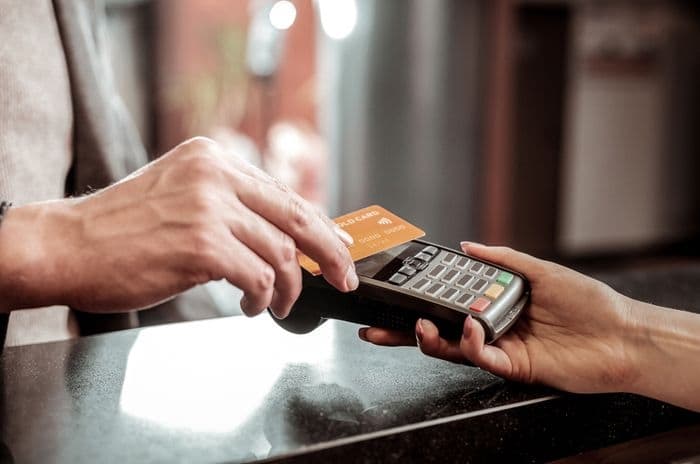Home > Money > News > Contactless spending limit increases by £10
Contactless spending limit increases by £10
THE amount we can spend on contactless debit and credit cards has increased from £20 to £30.

The rise reflects the popularity of the payment method, and is the second increase since the technology was introduced in 2007.
Proving popular
Figures from Barclaycard, who process almost half of all credit and debit card transactions in the UK, show that contactless spending has more than trebled in the last 12 months.
Their rivals at MasterCard, meanwhile, have seen contactless payments using their cards increase by more than five times, with the average contactless purchase being for £7.29.
Whatever the type of card we have in our wallet, it seems the "touch and go" payment method is here to stay - particularly when it comes to paying for groceries and restaurant bills.
Richard Koch, from the UK Cards Association, says that "increasing the limit from £20 to £30 will give customers more opportunities to use contactless cards to pay for their everyday purchases".
Where we spend
At the moment, about one third of contactless transactions happen at supermarkets. As the average supermarket spend is £23, it's hoped that upping the limit will increase contactless spending still further.
We also like using our contactless cards when eating out. Restaurant transactions account for around a fifth of payments.
Although paying for public transport makes up about 18% of transactions, this is predominantly down to Transport for London (TfL).
After scrapping cash payments on their buses in July 2014, they launched contactless payments across the transport network in September 2014.
Since then, contactless payments have paid for more than 150 million journeys in and around London.
Limited scope?
Barclays Pingit allows payment via Twitter
How far away do contactless cards work?
However much we like waving our contactless cards about in the capital, we should remember that not everywhere has suitable readers.
For the moment, at least, it can still pay to have at least a little cash on your person. As we reported in May, more than half of personal transactions carried out last year used cash.
Nevertheless, Aidene Walsh, Director of Commercial Cards & Acquiring Solutions at Lloyds warns that retailers who don't keep up with the new contactless world could be left behind.
"The use of contactless is on the up, and consumers are demonstrating a preference to use it to pay for low value items," she says.
"We would anticipate that, as more and more people become comfortable with paying through contactless, expectations around retailers offering it will increase."
Data from Lloyds suggests that some already have relatively high expectations, with 43% of us saying we think contactless payments are the future. A further quarter (25%) think that in five years' time we won't need cash at all to pay for goods or services.
And while paying by mobile may be lagging way behind, the arrival of Apple Pay earlier this year is likely to have a further impact on our payment habits.
Fraud worries
But while fantasising about future cashless societies is interesting, other people have more immediate worries.
The simplicity of the contactless transaction has led to fears about the possibility of fraud. Some worry that thieves will be eager to steal cards that don't require any authorisation.
In reality though, contactless fraud is relatively rare.
The UK Cards Association say that £153,000 out of the £2.3 billion spent on contactless cards was lost on fraud in 2014 - equivalent to 0.7p in every £100 spent.
Contactless cards only work when they're placed within a few centimetres of the card reader, says Graham Peacop, the Association's managing director.
"For added protection from fraud, from time to time, cardholders will be asked to enter their PIN to verify a transaction," he adds.
Most UK card providers subscribe to the Lending Code, on top of their own fraud guarantees, which means that if a card is lost or stolen, whatever money is subsequently spent on it should be refunded to the customer.
Get insider tips and the latest offers in our newsletter
Get insider tips and the latest offers in our newsletter

We are independent of all of the products and services we compare.

We order our comparison tables by price or feature and never by referral revenue.

We donate at least 5% of our profits to charity, and we aim to be climate positive.
Latest News

26 October 2022
Cost of living showing worrying trends in affordability
16 June 2022
FCA warn lenders on cost of living difficulties


